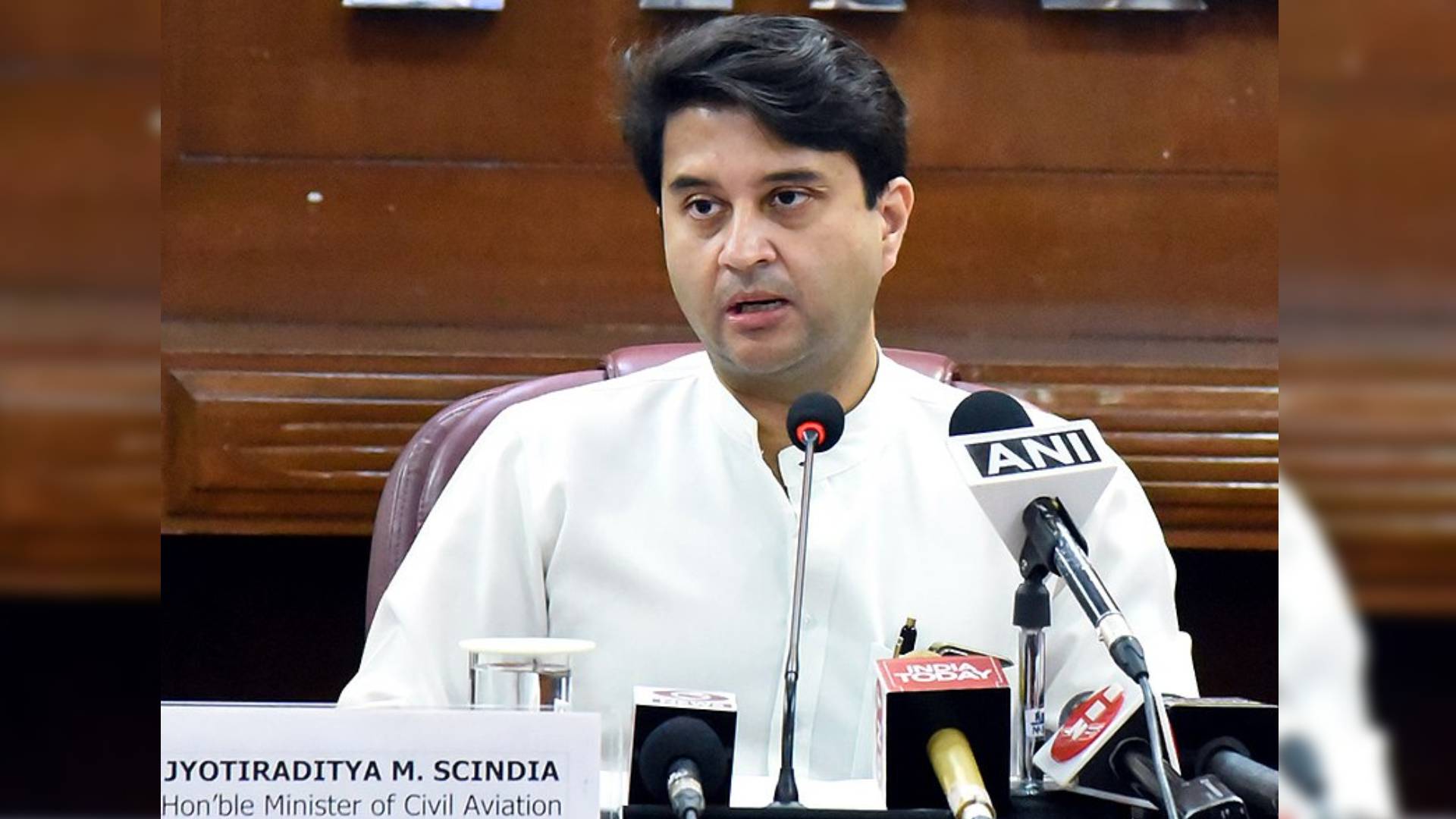India Strengthens Telecom Security, Revives BSNL with 4G Push and Anti-Fraud Tech
Switching focus to India’s public sector telecom undertakings, Shri Scindia presented a positive outlook on BSNL’s recovery.

- Country:
- India
In a comprehensive address to the Lok Sabha, Union Minister for Communications, Shri Jyotiraditya M. Scindia, unveiled sweeping updates on India’s efforts to curb telecom-related cyber fraud and detailed the progress of public sector telecom giants BSNL and MTNL. His remarks underlined a dual focus: ensuring digital safety for citizens and reviving public telecom infrastructure through technological self-reliance.
Crackdown on Cyber Frauds: Building a Digitally Secure India
The Minister outlined the government’s multi-agency, technology-driven strategy to tackle telecom and cyber fraud. These initiatives are coordinated by the Department of Telecommunications (DoT) in partnership with the Ministry of Home Affairs, banks, state police forces, and telecom service providers.
At the heart of this effort is the Digital Intelligence Platform, a collaborative system that links 620 institutions—including 570 banks and 36 state law enforcement agencies—to detect and counter cyber threats in real-time. This initiative allows coordinated, data-driven actions to disrupt telecom-based scams before they reach citizens.
Sanchar Saathi: Empowering the Public to Fight Fraud
The government’s flagship citizen-centric initiative, Sanchar Saathi, has become a vital tool in the public fight against fraud. Since its launch on May 16, 2023, the platform has received over 15.5 crore hits, and its mobile app, released on January 17, 2025, has already been downloaded over 44 lakh times.
Key features include:
-
"Know Your Mobile Connections" Tool: Helps users identify all mobile numbers linked to their ID and report unauthorized ones. Over 1.36 crore such unauthorized numbers have been disconnected.
-
Blocking of Fraud Devices: Over 5.5 lakh handsets and 20,000 bulk SMS senders have been blocked.
-
WhatsApp Crackdown: Nearly 24 lakh suspicious WhatsApp accounts have been deactivated based on fraud indicators.
Artificial Intelligence and Real-Time Risk Monitoring
The DoT has deployed cutting-edge AI tools like the Artificial Intelligence and Facial Recognition-based Subscriber Identification (ASTR) system, leading to the deactivation of 82 lakh fake mobile numbers. Additionally, the Fraud Risk Indicator (FRI) system, which assesses user risk based on telecom and banking activity, has flagged over 3.7 lakh users as Very High, High, or Medium risk.
In partnership with the Reserve Bank of India (RBI):
-
Over 3.04 lakh suspicious banking instructions have been blocked.
-
1.55 lakh bank accounts used for fraudulent activities have been frozen.
Combating International Spoofing and SIM Misuse
The government has also tackled international spoofing, where overseas scammers mimic local Indian numbers to deceive users. A centralized International Incoming Spoof Call Prevention System blocked 1.35 crore such calls on Day 1 of its rollout. These calls have now dropped by 97%, with only 3 lakh daily detections as opposed to the earlier millions.
Moreover, DoT has disconnected over 26 lakh roaming mobile connections used in scams from Southeast Asian countries, and 1.3 lakh devices associated with such activities have been permanently blacklisted.
To increase transparency, telecom providers must now label all international calls with an "International Call" warning, preventing confusion among users.
BSNL and MTNL: Revival Through Indigenous 4G and Strategic Reform
Switching focus to India’s public sector telecom undertakings, Shri Scindia presented a positive outlook on BSNL’s recovery. The subscriber base for BSNL has grown from 8.55 crore to 9.1 crore in the past year. This resurgence is being powered by:
-
A ₹3.22 lakh crore revival package
-
A new decentralized strategy under which each of BSNL’s 32 circles is developing localized business plans
-
A landmark 12-hour Strategy & Business Development Session for Chief General Managers across India
Indigenous 4G Rollout and the Road to 5G
A major highlight of the address was India’s success in developing its own 4G technology stack, marking a significant move towards technological Atmanirbharta (self-reliance).
-
Core software developed by C-DOT
-
Radio access network hardware manufactured by Tejas Networks
-
System integration managed by Tata Consultancy Services (TCS)
Out of 95,000 sanctioned 4G towers, 75,000 have already been activated, backed by ₹20,000 crore in capital expenditure. BSNL’s 4G services are now live and undergoing optimization, with a transition to 5G in the planning stage.
This indigenous rollout also helps insulate Indian telecom infrastructure from global supply chain disruptions and external dependencies.
A Call to Vigilance and Participation
Shri Scindia urged citizens to remain vigilant and proactive, encouraging use of tools like Sanchar Saathi to report suspicious activities and secure their digital identities. He reiterated that the government’s efforts go beyond infrastructure—they are about creating a safe, resilient, and inclusive digital ecosystem.
“Cybersecurity is not just a policy priority; it is a citizen’s right,” he affirmed.
With India poised to become one of the world’s largest digital economies, the government's blend of tech-driven security measures, public engagement, and strategic investments in public telecom enterprises is shaping a future that is secure, self-reliant, and citizen-centric.
ALSO READ
Viral Concert Clip Lands Astronomer CEO in Hot Water
Dr. Hemant Barua: Revolutionizing Astrology with Science and Ethics
Renowned Astrologer Acharya Indravarman Announces Retirement
Coldplay Concert Video Sparks Leadership Shake-up at Astronomer
Pune Astrologer Arrested for Alleged Molestation: A Shocking Breach of Trust










